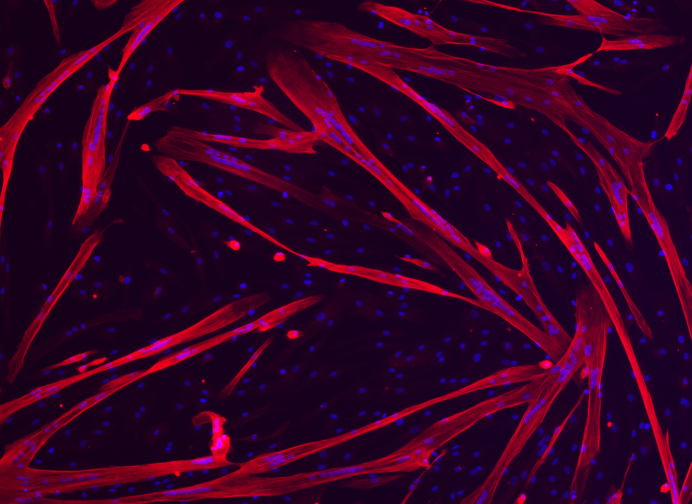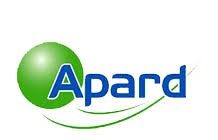Research program : Respiratory diseases and the environment
Home > Team 3 > Research program > Axe 3
Air pollution and pulmonary emphysema: impacts on skeletal muscle function
Pascal Pomiès, Emilie Passerieux, Anne Virsolvy, Fares Gouzi, Maurice Hayot
A major extra-pulmonary consequence of chronic obstructive pulmonary disease (COPD) is peripheral muscle dysfunction, which in patients results in exercise intolerance, reduced quality of life and a lower survival rate. This muscle dysfunction is characterized by muscle weakness and atrophy. One of the current hypotheses is that muscle dysfunction comes from a deleterious microenvironment due to significant systemic inflammation in stable COPD patients, or even amplified in COPD patients in exacerbation. We are currently developing translational studies to assess the mechanisms involved in this muscle dysfunction and to test different therapeutic approaches.
Objective 1 : A cellular model for the study of muscle dysfunction in vitro.
We have developed and validated an in vitro cellular model of muscle alteration in COPD using satellite cells from patients. We showed that COPD myotubes exhibited atrophy associated with high oxidative stress comparable to what is observed in COPD muscle in vivo (Pomiès et al. 2015; 2016; Gouzi et al. 2018).

COPD myotubes in culture
We are currently studying potential defects in muscle function (regeneration, differentiation, contraction) using this cell model subjected to various stimulations (Catteau et al. 2021).
Objective 2 : Impact of the inflammatory microenvironment on muscle dysfunction in COPD patients
We will evaluate the level of expression of a panel of pro-inflammatory molecules in the serum of COPD patients of different stages (mild, severe, in exacerbation) in order to determine target biomarkers. The deleterious effect on the muscle of these different microenvironments, depending on the inflammatory profile of the patients, will then be tested on our cellular model by studying different signaling pathways (regeneration, differentiation, atrophy) with the aim of targeting a potential therapeutic candidate (Catteau et al. 2020).
Objective 3 : An animal model of COPD: the elastase-LPS rat
We are currently using an elastase-LPS rat model, common to the team, which mimics the pulmonary and extra-pulmonary alterations of COPD. We are currently evaluating the effects of elastase-LPS treatment on muscle alteration (contractility in vivo and in vitro, atrophy). This animal model will allow us to evaluate the therapeutic effects of various molecules and non-drug interventions on skeletal muscle.
Keywords : COPD, skeletal muscle, atrophy, micro-environment, cell model, satellite cell, inflammation, biomarkers, animal model.

